1. Wine is expensive.
Actually most wine is inexpensive. When I was in university in Italy, beer was more expensive than mineral water. Mineral water was more expensive than wine. So wine was cheap. You can guess what calculation most people on a student budget made. Wine is similar to clothing, in that most clothes are inexpensive but there are options for every budget.
2. Wine should be mixed with other drinks.
Never. Well almost never- there are a few exceptions such as sangria and bellinis. Even so these examples are rare and would only use less expensive wines.
3. There are many different ingredients in wine.
There are only grapes in wine. The rest of the flavours in tasting notes such as black pepper, apricot, vanilla, cherries are descriptions of wine’s characteristics. The diversity of flavours in wine despite the fact that it is all made with grapes is one of the reasons people love wine.
4. French wine is the best.
This is categorically untrue and would be the equivalent of saying that Louis Vuitton is the only designer worth buying. Like fashion, wines all have different styles which suit different people’s preferences. There are many excellent wines from Italy (and other places in the world for that matter) which can compete with French wines (and win).
5. Older wine is better wine.
Different wines, like people, reach their prime at different ages. The majority of wine is made to drink young. These wines, similar to professional athletes, peak early. The best wines in the world, like academics, are often not approachable young and improve with age. Check vintage charts and wine experts’ tasting notes to see when is optimal to drink a certain wine.
6. Red wines need to be decanted.
Only older wine with solids in the bottle and young wine which needs to be aerated need to be decanted.
7. There are only two kinds of wine: red and white.
There is also rose. Then there are sparkling, fortified, sweet, and semi-sweet wines. These wines can be red, rose or white so the combination of these factors make many different styles of wine (ie white sweet sparkling wine, red semi-sweet wine, etc.)
8. Expensive wine is good with everything.
Part of drinking wine is understanding when and with what to drink wine. Opening a fine wine such as an Aldo Conterno Barolo to drink with a McDonald’s hamburger and french fries would be like wearing a wedding dress to a football match. Similarly bringing a bottle of Lambrusco to a black tie dinner would be equivalent to wearing your pajamas to a business meeting. Both are ridiculous. Take the effort to look up the wines or ask your waiter to help you choose for you until you know your preferences.
9.The more expensive wine the better.
There are limits to everything. A $20,000 bottle of wine is never going to be 100 times better than a $200 bottle of wine. Winemaking is expensive so the higher quality the wine, the more expensive it will be to produce….to a point. No bottle of wine costs $20,000 to produce. This is a reflection of its rarity in relation to demand. A large contributing factor to a $20,000 price tag is the vintage of a wine. Specifically, at auction legendary vintages will demand more, as will the movement of the wine from cellar to cellar (a good thing to investigate at auction, – how many cellars has it been in [the less the better] and were they reputable).
Wine professionals pride themselves on finding value for money as this reflects their wine knowledge. Anyone can spend a lot of money.
10. It is very important to use a vintage chart when selecting wine.
Most white wines, red table wines, sparkling wines, and sweet wines are made to drink young. A vintage chart is helpful in evaluating fine wine if it will be purchased in order to age (for your collection/cellar), to determine if a certain price is justified, or to time when to drink from your collection/cellar.
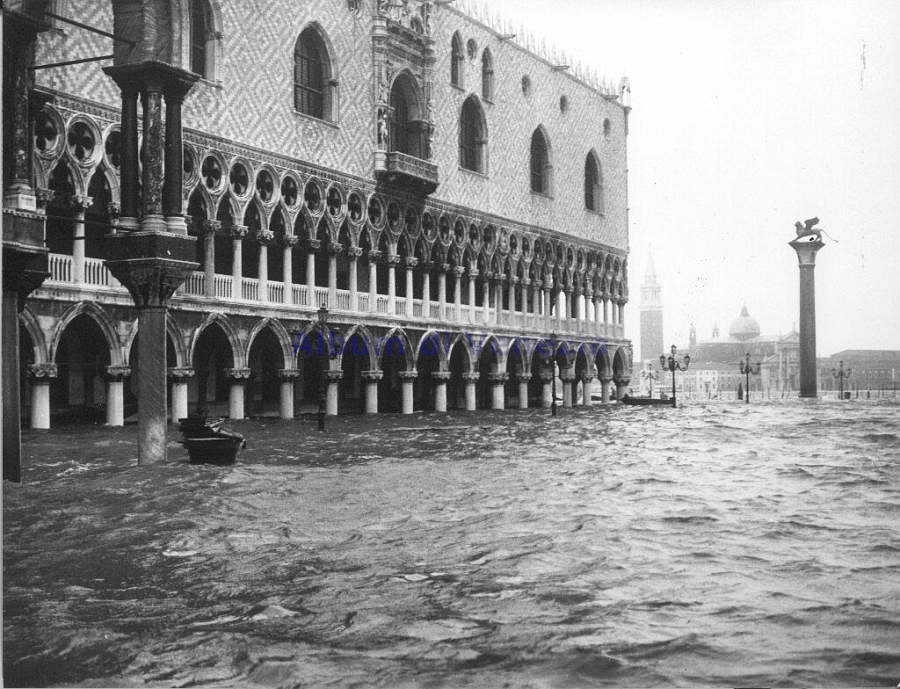
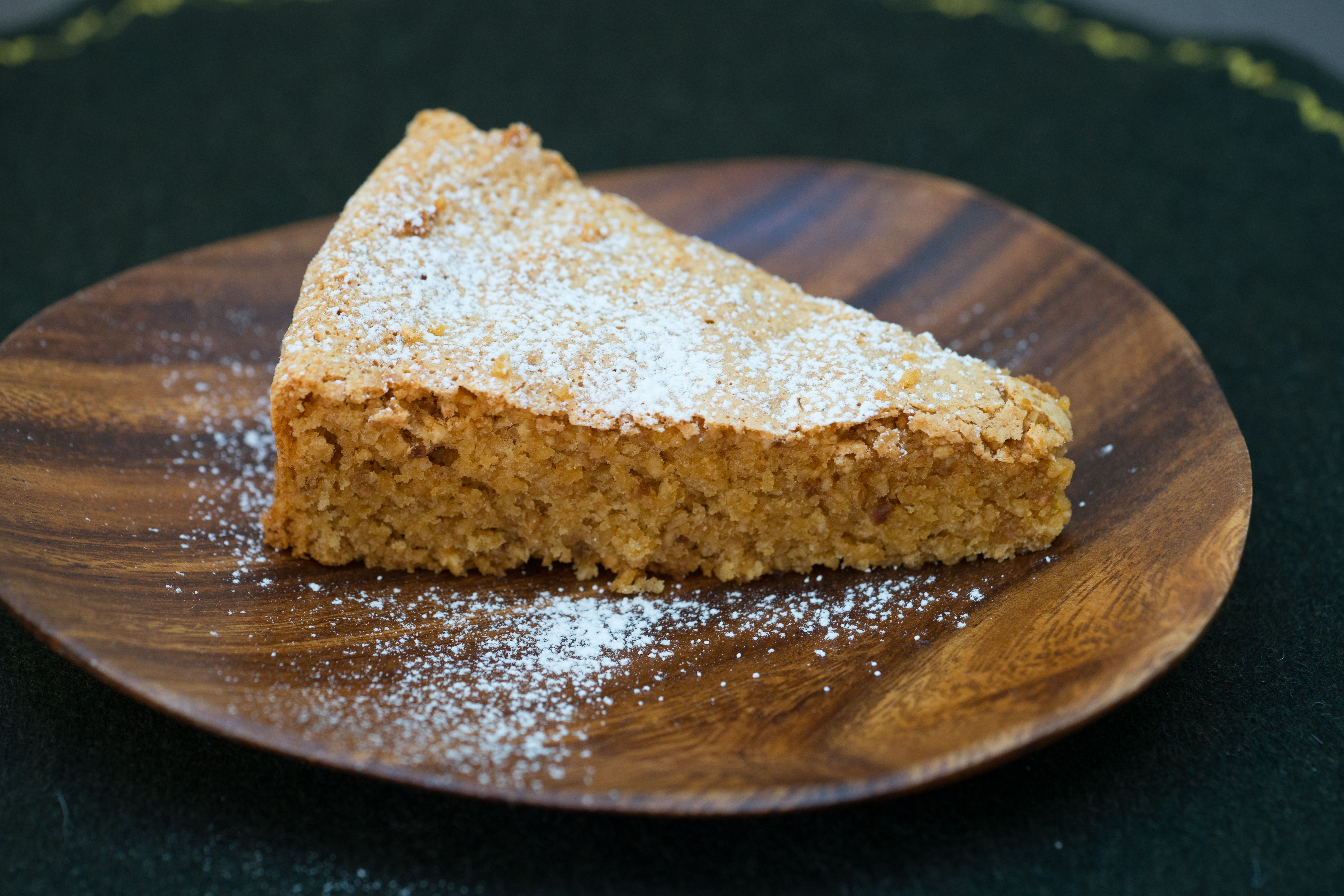
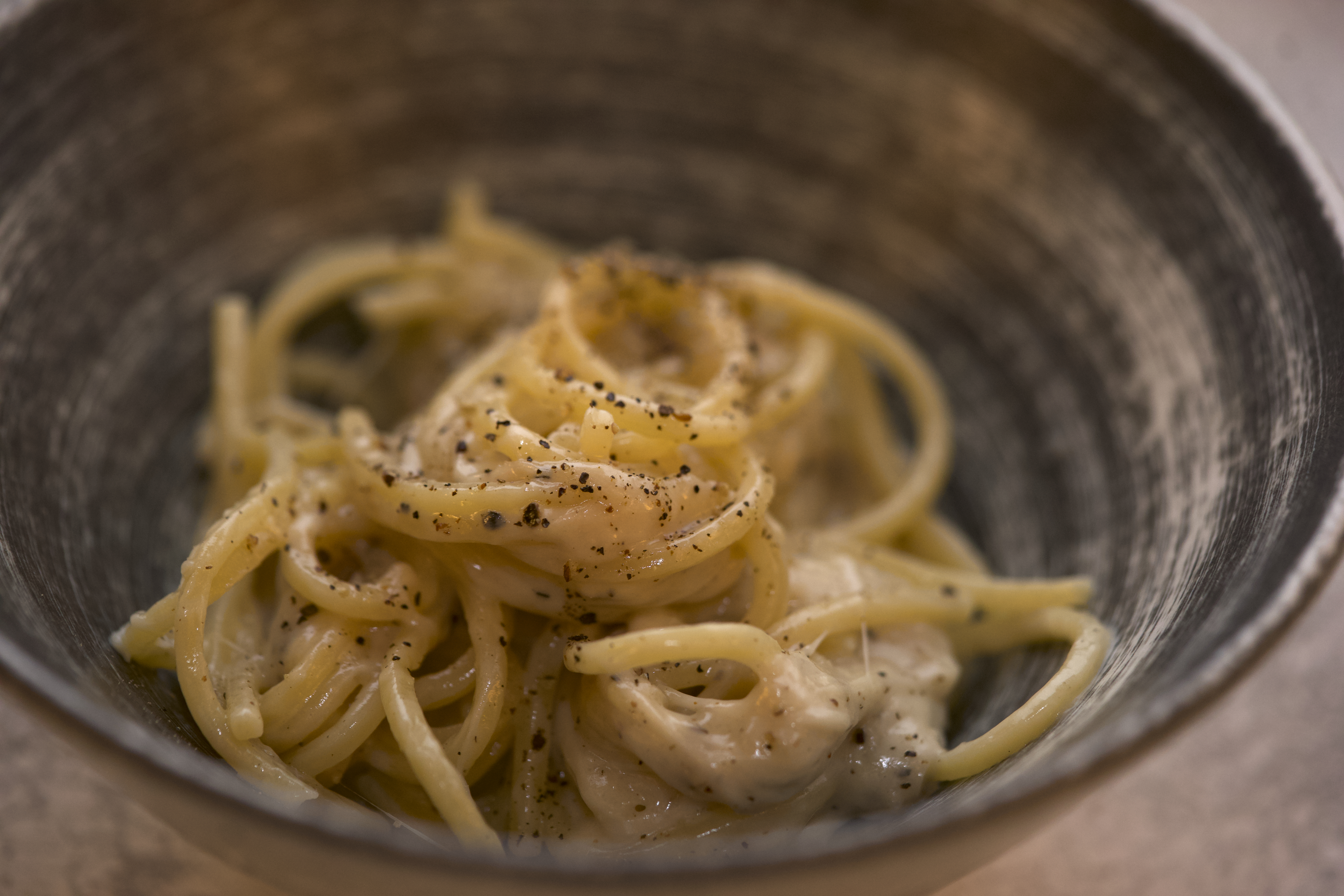
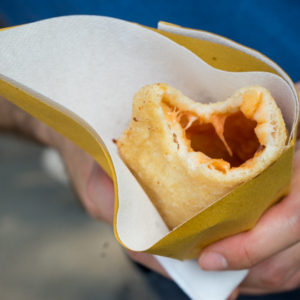
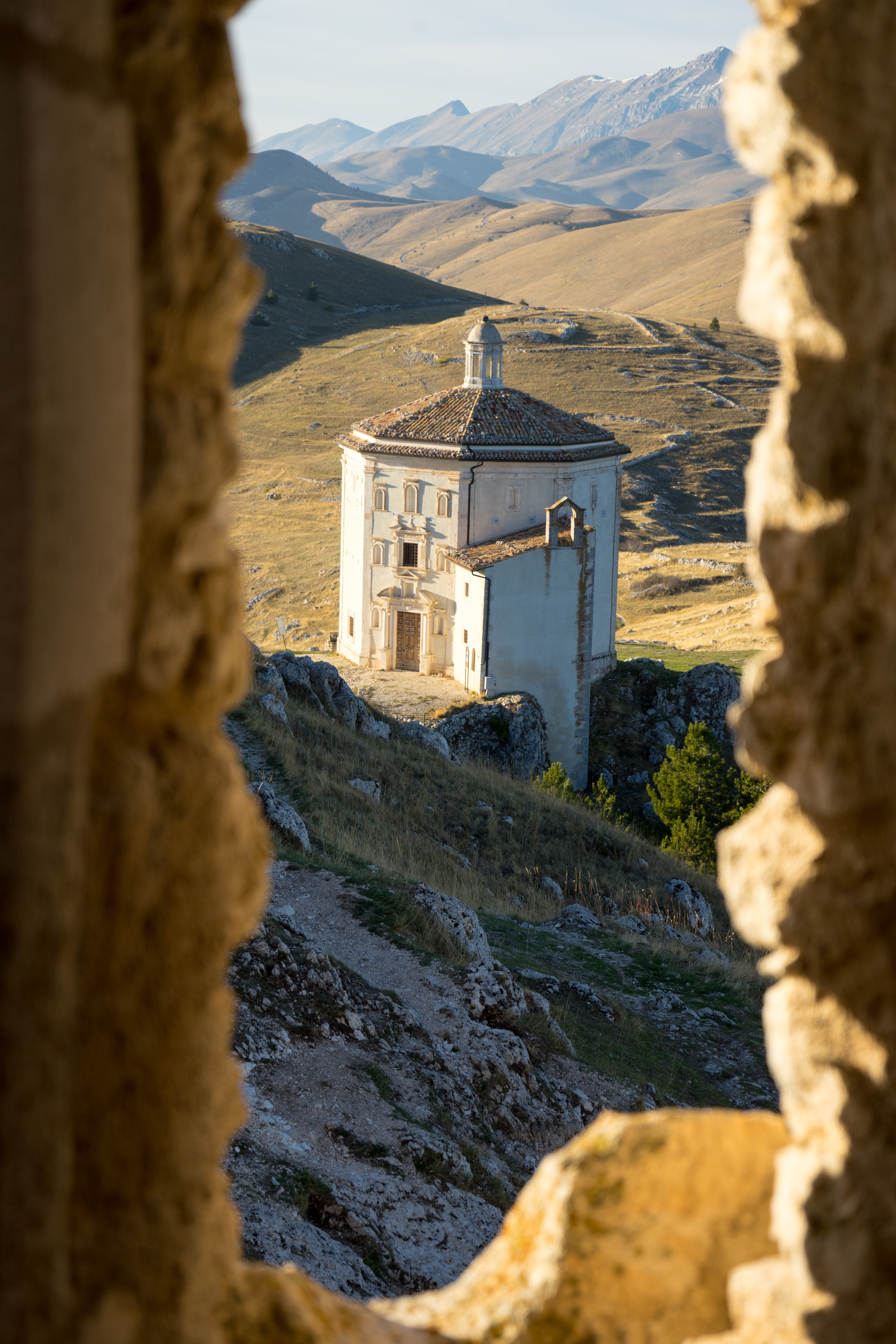
Leave a Reply